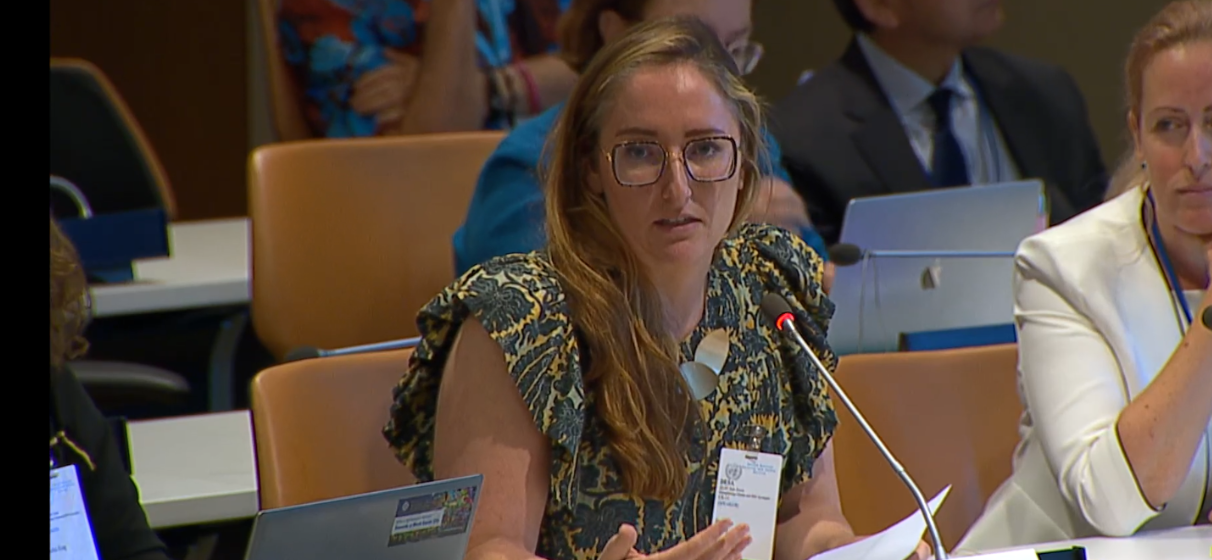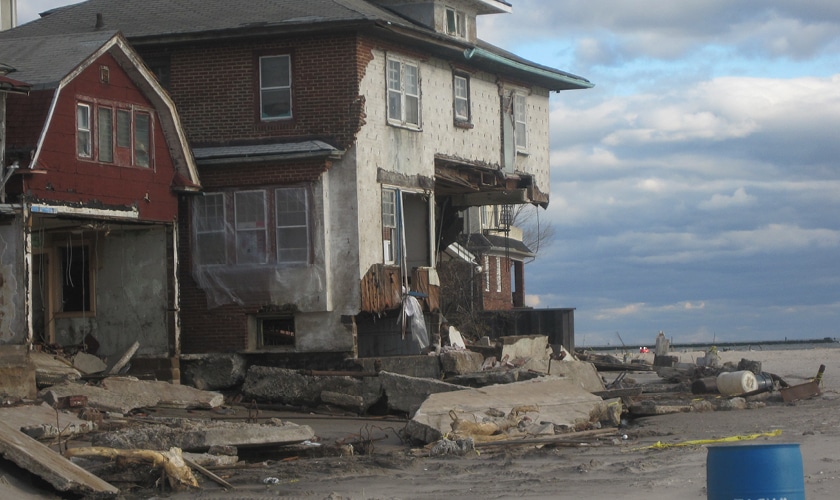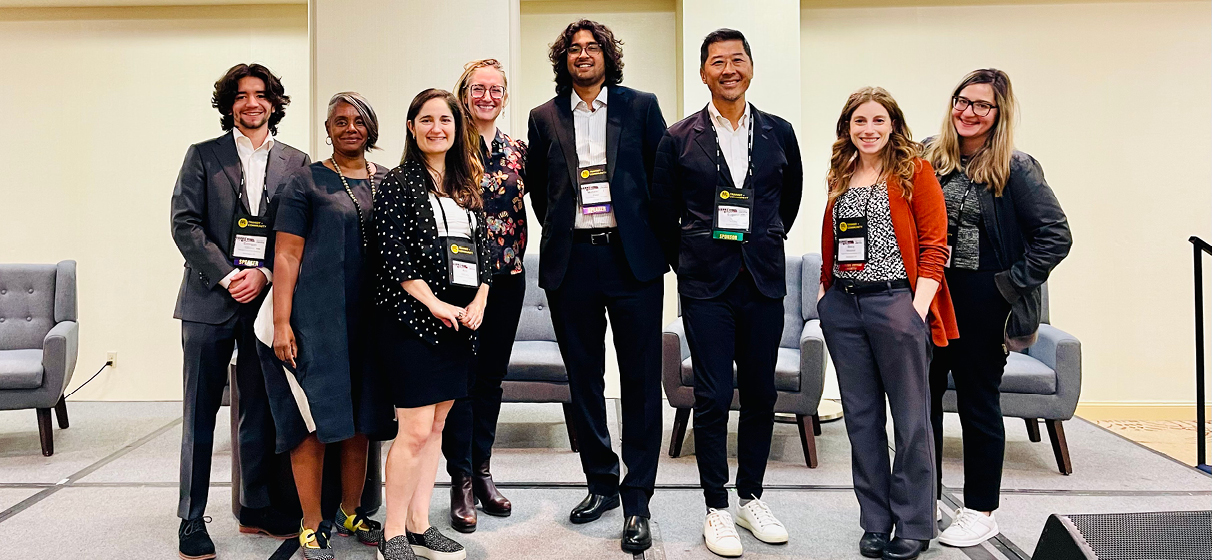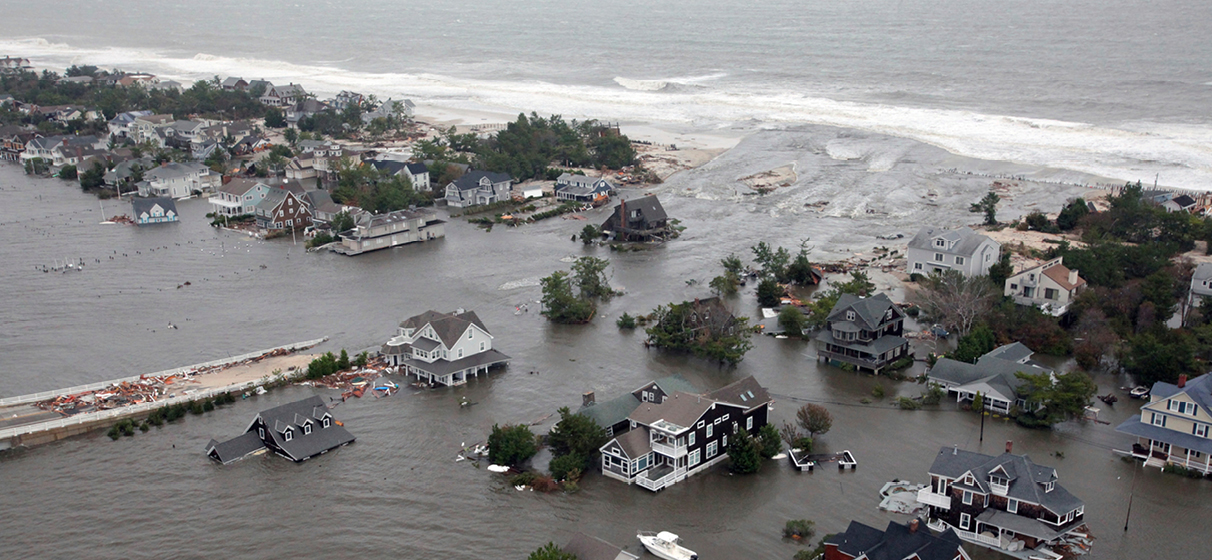As infrastructure faces increasing pressures from extreme weather and aging systems, decision-makers are looking for solutions that deliver long-term value and minimize costly repairs. With economic losses from climate-related events estimated to have increased sevenfold – from an annual average of USD 198 billion in the 1970s to USD 1.6 trillion in the 2010s – resilient design is a strategic investment in reducing future expenditures and recovering from the unexpected.
Leading the way in helping clients and agencies make the critical decisions to minimize impacts is Breanna Horne, vice president and national director of resilience at STV. Demonstrating her leadership on this issue, Horne recently spoke at the United Nations (UN) forum, “Strengthening Climate and SDG Synergies for Accelerated Momentum Toward 2030.” As part of a panel of academic, scientific and industry experts, she shared her insights on how integrated approaches to resilience and infrastructure planning can optimize cost efficiency while safeguarding communities.
In this interview, Horne reflects on the panel and how resilience strategies at STV are helping clients achieve durable, cost-effective outcomes for transportation and urban infrastructure projects.
1. How did the UN Forum highlight the role of resilient infrastructure, and what perspective did you bring as an expert?
The event focused on how coordinated climate action can amplify progress toward multiple Sustainable Development Goals (SDGs), particularly health, infrastructure and climate resilience. My contribution was centered on how resilient infrastructure protects communities and, importantly, reduces the resource and carbon intensity of rebuilding after disasters. Protecting these systems against climate hazards isn’t just about avoiding immediate damage; it’s about extending the useful life of these assets and ultimately minimizing the long-term social, economic and environmental impacts.
2. What trends are you seeing in climate adaptation within urban infrastructure?
Cities and agencies are beginning to look beyond minimum code requirements as a result of conducting climate risk assessments and other resilience planning activities. Tying business justification for resilience improvements to long-term economic value is an effective means to communicate the need for these projects. At STV, we’re helping set this new baseline by developing tools and processes that enable these considerations to be systematically applied across projects.
3. What’s the key takeaway from participating in the UN panel?
Sustainable development and resilient infrastructure cannot be tackled in isolation. By embedding resilience early in project delivery and aligning efforts across stakeholders – including policymakers, engineers, urban planners, and communities – we can maximize the value of these projects in support of our climate action goals. It is important that as we approach any problem, we first as ourselves, “Who is suffering?” then solve for that.
4. How is this perspective reflected in your approach and STV’s work?
At STV, we know that resilience isn’t a standalone service: it’s embedded in our design and planning processes. From transportation networks to complex urban infrastructure, we integrate climate risk analysis, adaptive strategies and sustainability principles and technologies. The goal is to help clients achieve durable, efficient and equitable outcomes that protect both people and resources for the long term.
The discussions at the UN underscore why an integrated, forward-looking approach is crucial for advancing global strategies that enhance communities and infrastructure.








